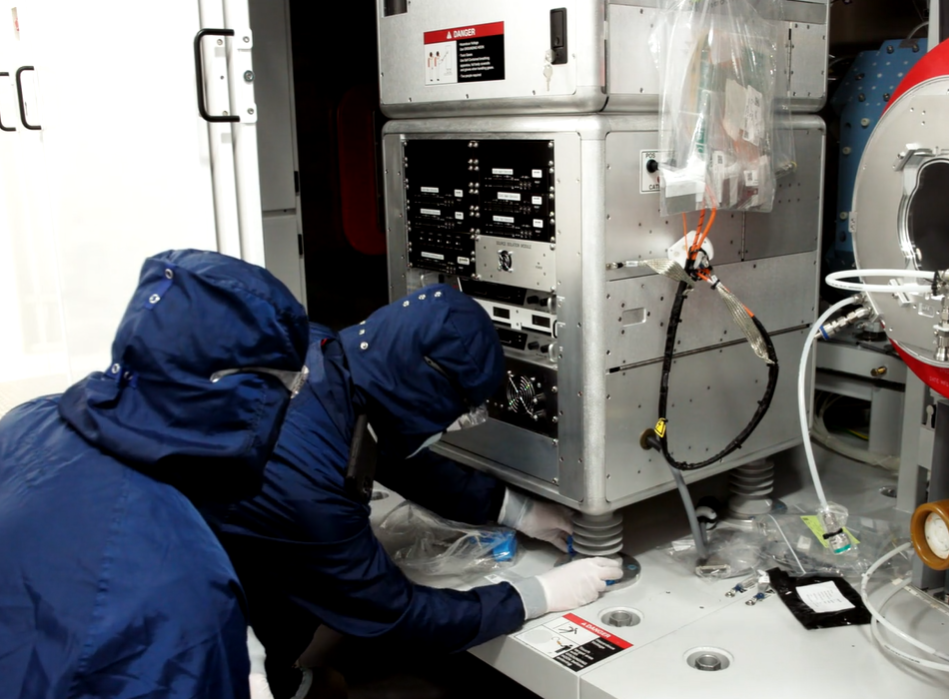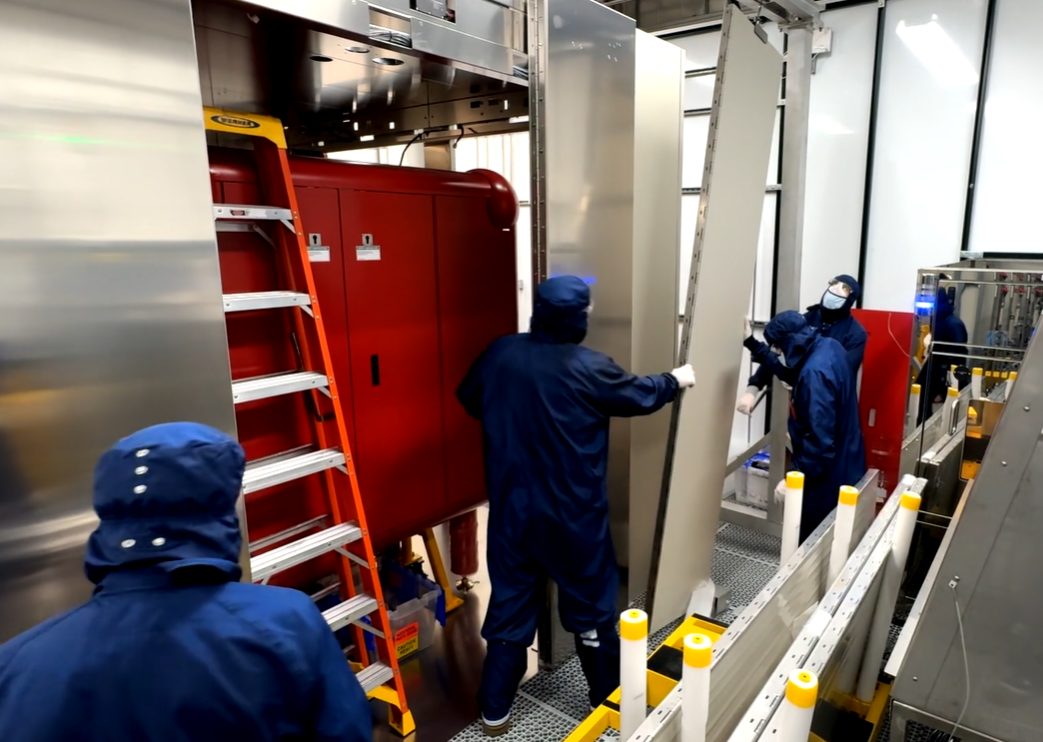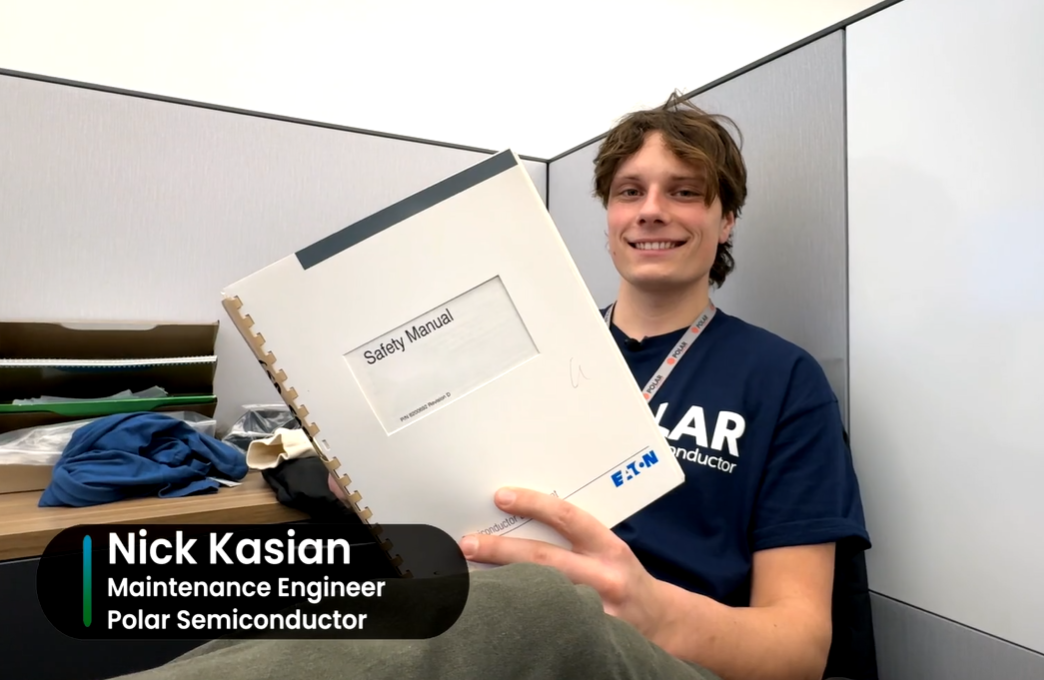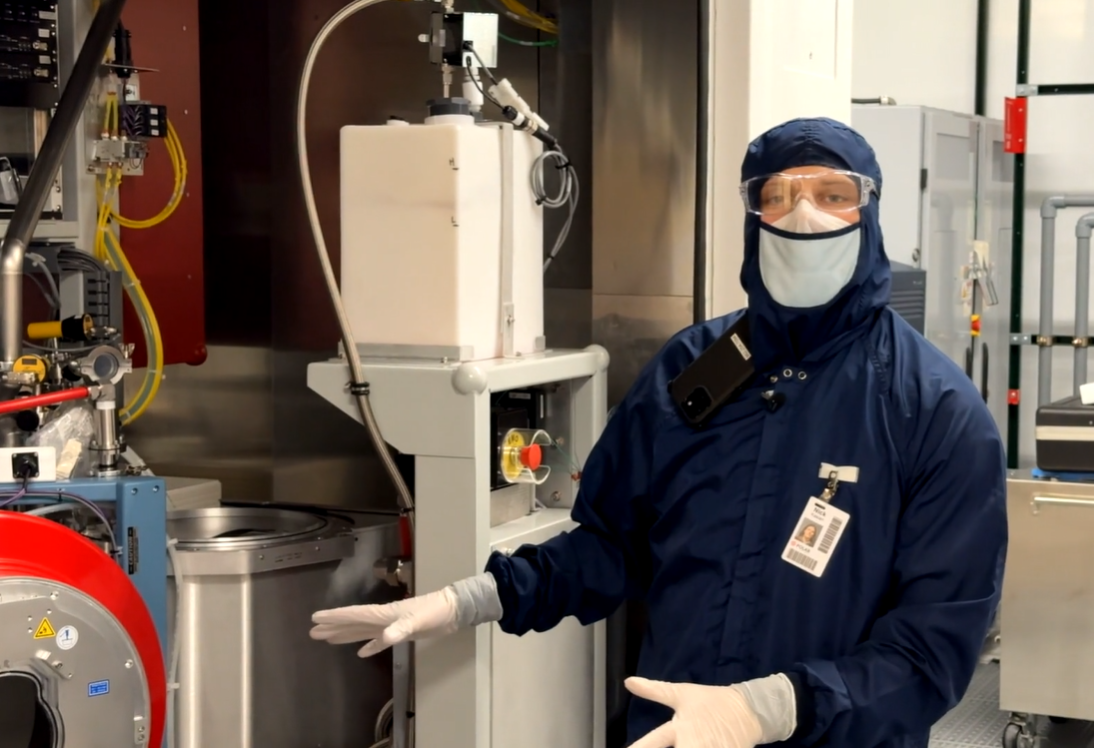A Day in the Life of a Semiconductor Equipment Engineer

When you think of the devices that power our world—smartphones, cars, computers, and even dishwashers—it’s easy to forget the hidden heroes behind the technology: the people who keep semiconductor manufacturing running. Among them are semiconductor equipment engineers, the problem-solvers and innovators who maintain, optimize, and improve the high-tech tools that make modern electronics possible.
At Polar Semiconductor, our equipment engineers are at the heart of operations, ensuring that our advanced fabrication equipment performs at the highest levels of precision and reliability. Every chip we produce—used in everything from automotive systems to AI infrastructure—depends on their expertise.
To better understand what this role looks like in action, we sat down with Nicholas Kasian, a Semiconductor Equipment Engineer at Polar, to learn more about the challenges, rewards, and innovation behind his work.
What Is an Equipment Engineer?
Equipment engineers are the bridge between advanced technology and production efficiency. In semiconductor manufacturing, these engineers ensure complex machines like ion implanters, lithography systems, and etchers operate with extreme precision—often down to the atomic level.
Equipment engineers maintain and repair critical tools, analyze data to optimize performance, and collaborate across departments to minimize downtime and maximize yield. In other words, they make sure every part of the process—from raw silicon wafer to finished microchip—runs smoothly and efficiently.
At Polar, our equipment engineers work across multiple fabrication areas, including ion implant, diffusion, metrology, and photolithography. These systems are the backbone of semiconductor manufacturing, and keeping them in top condition requires a rare combination of mechanical, electrical, and analytical skills.
A Day in the Life of an Equipment Engineer
Nick begins his day like every other semiconductor equipment engineer—by suiting up for work.
“Before we can go into the production floor, we have to put on our bunny suits. This is to make sure that particle contamination is kept as low as possible.”

The cleanroom environment is one of the most controlled workspaces on Earth. Even a single speck of dust can ruin a microchip. Because of this, equipment engineers must wear head-to-toe garments—including gowns, gloves, boots, and masks—to protect the wafers, not themselves. Once inside, Nick heads to the Ion Implant Department, where he spends most of his time. Ion implanters are among the most advanced and powerful tools in semiconductor manufacturing.
“Working with an ion implanter is very cool. It’s the top level of technology in our field right now.”
These machines use a focused beam of charged atoms to modify the electrical properties of silicon wafers—essentially “writing” the foundation of semiconductor circuits.
“The ion implanter will take bare silicon wafers, create a particle beam that shoots positively charged atoms into the silicon wafer when making our semiconductors.”
Troubleshooting and Problem Solving
Every day in the fab brings new challenges. For Nick, no two days are ever the same.
“If we aren’t able to make as many semiconductors as we want or if the quality of our product isn’t up to snuff. I need to figure out where in our equipment we can make changes to improve our output.”

That could mean analyzing data from sensors, reviewing process logs, or physically inspecting the equipment. Sometimes the issue is electrical. Other times, it’s mechanical—or even procedural. Equipment engineers collaborate closely with maintenance technicians and process engineers to diagnose and resolve these problems.
“I might troubleshoot an issue if the maintenance technicians have taken a look and aren’t able to come up with anything. I’ll go in and do safety sweeps sometimes, just make sure things are in order. If anything’s left out of place, I’m putting it back where it needs to go.”
This hands-on attention to detail is one reason why semiconductor equipment engineer jobs are so vital to manufacturing reliability. Every minute of downtime in the fab can mean thousands of dollars in lost productivity. A great equipment engineer keeps that downtime to a minimum.
Teamwork and Collaboration
The semiconductor industry is built on collaboration, and Polar’s culture reflects that.
“As an equipment engineer, you are interfacing with other process engineers to make sure that the equipment making the semiconductors is running smoothly.”.
Beyond the fab floor, equipment engineers also coordinate with external vendors.
“Sometimes we work with tool installs. So any time that we are getting a new tool, I’m interfacing with the people who sold us the tool and are going to help install it—the people who help move it in, because some of the pieces are thousands of pounds and require extreme precision. You need help from many different people, and I’m just there to coordinate between all of them.”

That collaboration extends far beyond a single project. Whether they’re aligning production goals with process engineers or fine-tuning systems with equipment manufacturers, Polar’s equipment engineers operate as part of a deeply interconnected ecosystem.
Continuous Learning and Technical Growth
One of the most exciting aspects of semiconductor equipment engineer jobs is the constant exposure to new technologies.
“This manual tells you how to safely take the ion source out of the machine, take the ion source apart, and put it back together. As an Equipment Engineer, you want to understand multi-component systems and study on your own if you aren’t immediately able to understand something.”

For aspiring engineers, he recommends focusing on science, math, and curiosity.
“If you’re in school right now and you’re looking to become an equipment engineer, you should focus on your science and math classes. You’ll realize that there are infinite possibilities with the things that you can do with science and math.”
At Polar, continuous learning is built into the job. Engineers work with cutting-edge tools, attend specialized training, and collaborate with colleagues from a range of disciplines. This constant growth not only enhances their technical skills but also keeps them at the forefront of semiconductor innovation.
Career Opportunities and Rewards
The semiconductor industry is expanding rapidly, and skilled equipment engineers are in high demand. For those exploring equipment engineer jobs, it’s a career path that offers both financial stability and professional fulfillment.
“Coming out of school with an engineering degree, worrying about money was never an issue. I can make a good living and support my family as needed.”
But beyond the salary—often competitive across manufacturing and technology industries—the greatest satisfaction comes from impact.
“The biggest satisfaction is definitely seeing my hand in helping create the things that help society move.”

From clean energy to artificial intelligence, the work of semiconductor engineers touches nearly every modern innovation. As automation and electrification continue to grow, the need for experts who can maintain and optimize these tools will only increase.
Why Work for Polar?
At Polar Semiconductor, our engineers aren’t just maintaining machines—they’re shaping the future of U.S. manufacturing. From developing new process improvements to supporting next-generation technologies like power semiconductors and wide bandgap devices, every project contributes to a stronger, more innovative domestic semiconductor ecosystem.
So whether you’re a recent graduate or an experienced engineer looking for your next challenge, there’s never been a better time to explore semiconductor equipment engineer jobs. Polar offers a work environment that will grow your skills, challenge you daily, and recognize your unique contributions.

Polar is the kind of company that’s small enough for your voice to be heard, yet big enough to make a global impact. We offer highly competitive salaries and benefits, a dynamic and progressive work environment, and excellent opportunities for continued education and career advancement.
We’re quite confident you’ll enjoy being a valued member of the growing Polar team. We encourage you to visit our careers page to learn more and check out our current openings to apply for semiconductor equipment engineer jobs that are right for you!
